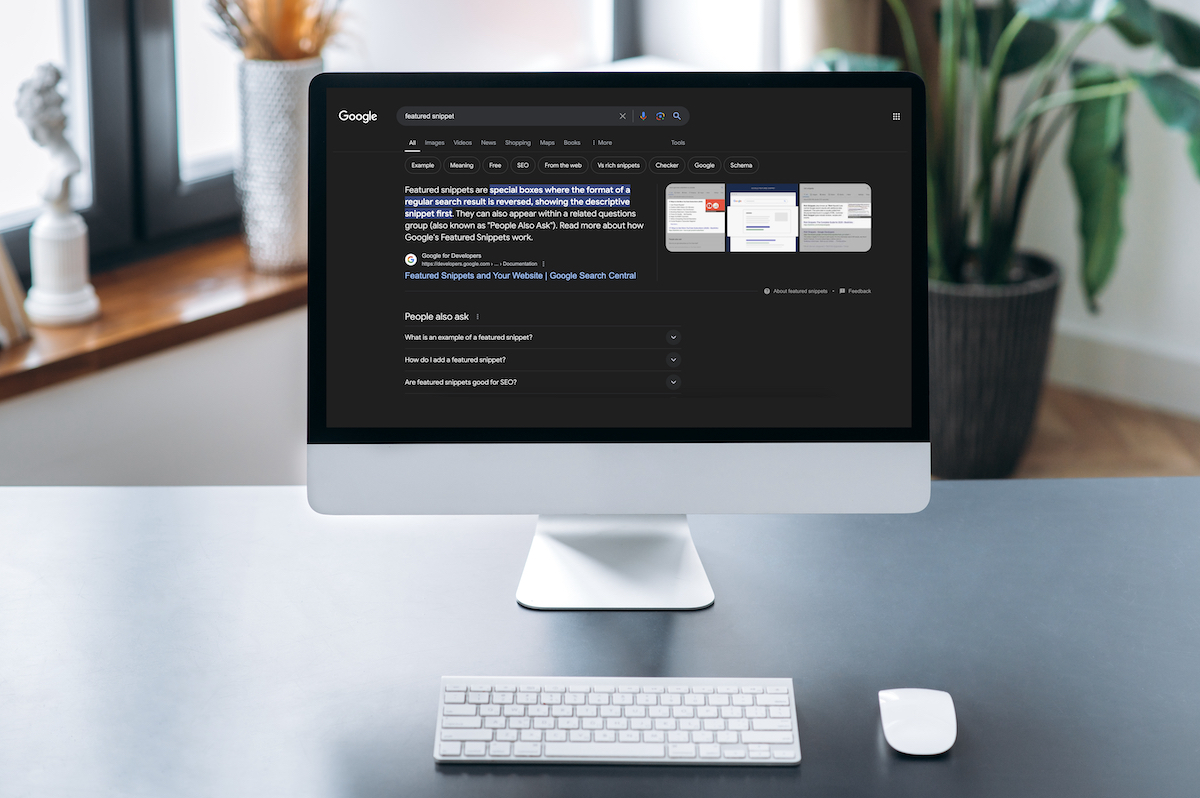In the ever-evolving world of SEO, staying ahead of the curve is crucial for maintaining your website’s visibility and performance. One of the most significant updates in recent years is Google’s emphasis on Core Web Vitals. But what exactly are Core Web Vitals, and why are they so important for your website’s SEO success?
Understanding Core Web Vitals
Core Web Vitals are a set of specific factors that Google considers essential in a webpage’s overall user experience. These vitals are part of Google’s larger effort to ensure that websites provide a smooth, enjoyable experience for users. The three main components of Core Web Vitals are:
- Largest Contentful Paint (LCP): Measures loading performance. To provide a good user experience, LCP should occur within 2.5 seconds of when the page first starts loading.
- First Input Delay (FID): Assesses interactivity. A page should have an FID of less than 100 milliseconds to ensure a responsive experience for users.
- Cumulative Layout Shift (CLS): Evaluates visual stability. Pages should maintain a CLS of less than 0.1 to avoid unexpected layout shifts that can disrupt the user experience.
Why Core Web Vitals Matter for SEO
- Improved User Experience: Core Web Vitals directly impact the user experience by ensuring that pages load quickly, respond promptly to user interactions, and remain visually stable. A better user experience leads to higher engagement and satisfaction.
- Higher Search Rankings: Google has clarified that Core Web Vitals are a ranking factor. Websites that meet these standards are more likely to rank higher in search results, increasing visibility and organic traffic.
- Reduced Bounce Rates: Pages that load quickly and are easy to interact with are less likely to frustrate users, resulting in lower bounce rates and longer session durations.
- Competitive Advantage: As more businesses prioritize Core Web Vitals, those that fail to do so risk falling behind in search rankings. Optimizing for these metrics gives you a competitive edge in your industry.
How to Optimize Core Web Vitals
- Improve Page Load Speed: Use tools like Google PageSpeed Insights to identify and fix issues slowing down page load times.
- Enhance Server Response Times: Ensure your server can handle traffic efficiently to reduce delays in page loading.
- Optimize Images and Videos: Compress and properly size images and videos to minimize loading times and prevent layout shifts.
- Prioritize User Input Handling: Ensure that your site quickly responds to user interactions, such as clicks and taps, to maintain a responsive experience.
Core Web Vitals are a critical component of modern SEO, directly influencing your website’s performance and search engine rankings. Interested in learning how Bluedot Marketing can help optimize your website’s Core Web Vitals and boost your SEO? Contact us today and let us guide you towards a faster, more user-friendly website.






